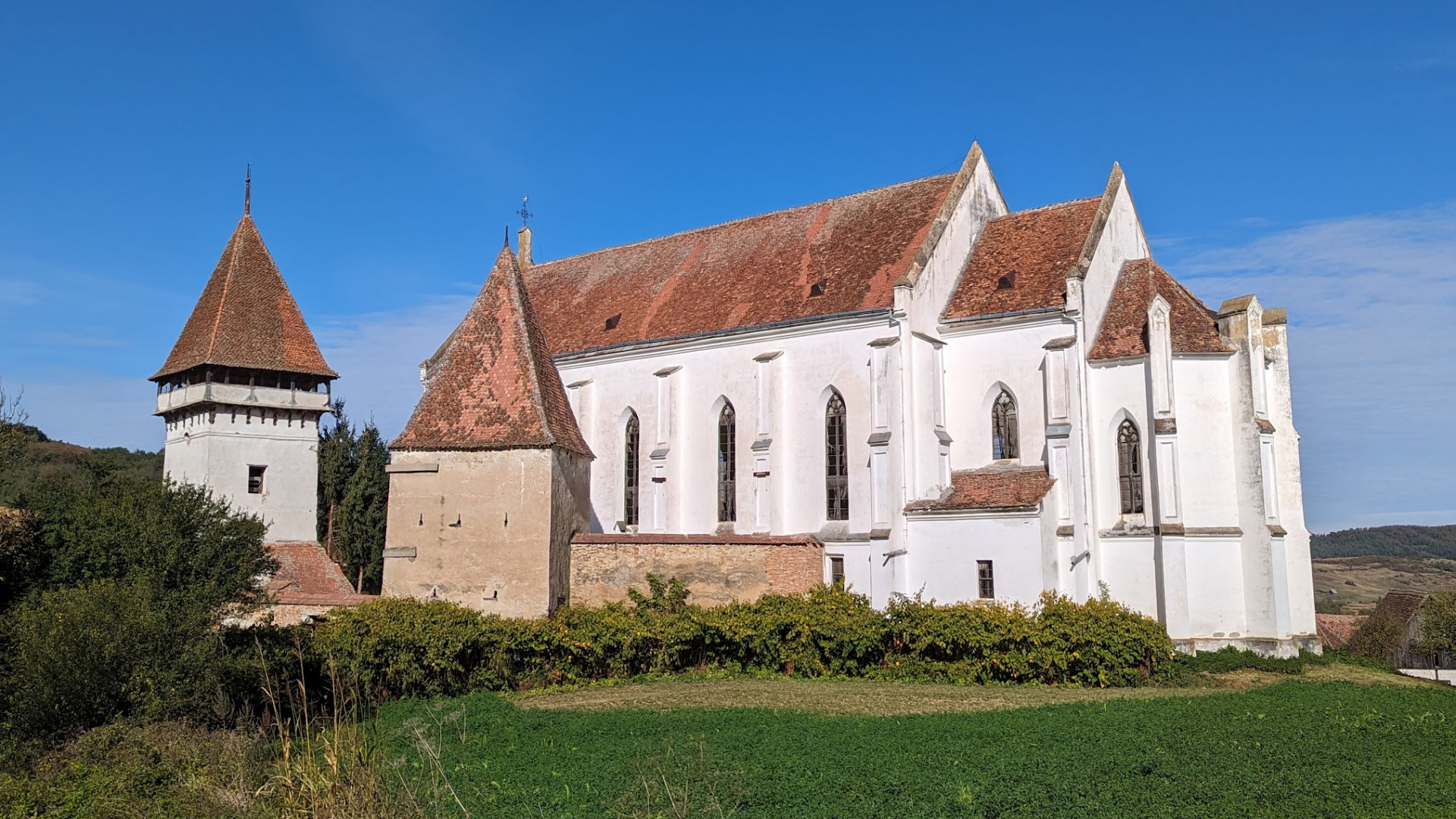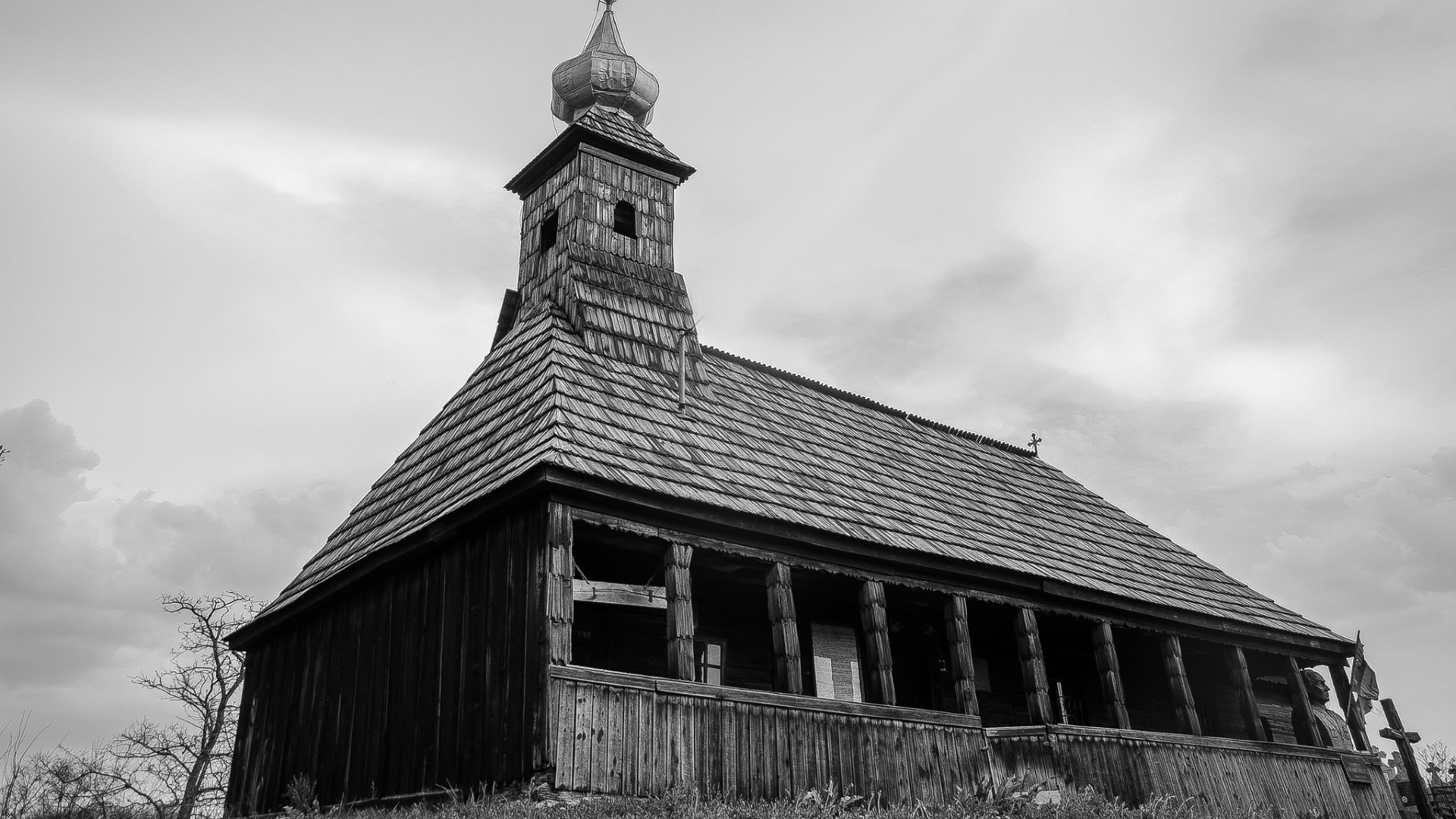Churches
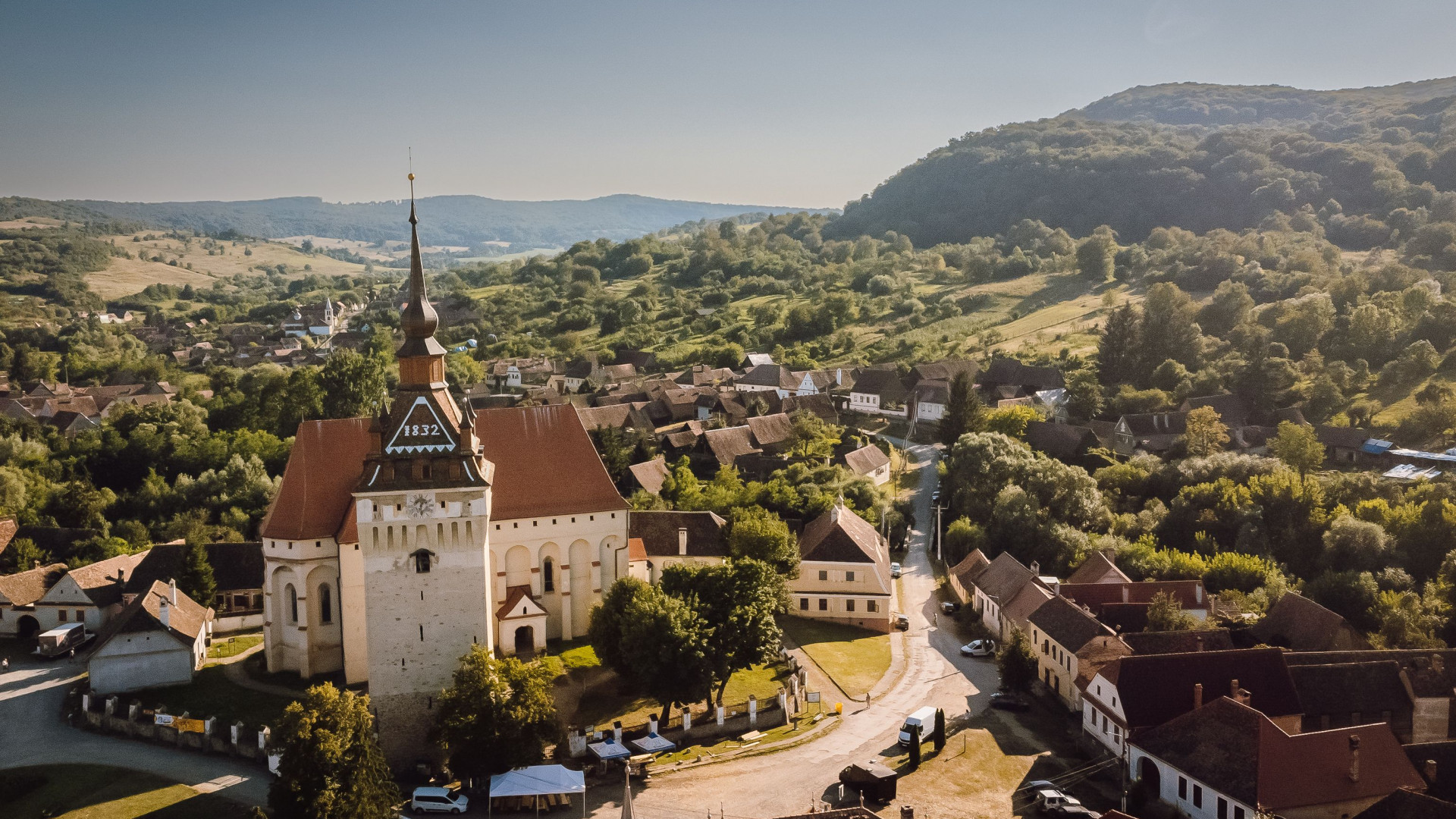
Fortified Church - Saschiz
It is built between 1493-1525 in late Gothic style. The church had a double function - a fortification and a church. The church becomes the example of a whole series of fortified churches in the center and south of Transylvania - the reduced churches. In 1493 the inhabitants receive tax exemptions aid as well from the Saxon University. Between 1503-1507 the church granted indulgences. The church choir, the ship and the 22 buttresses were built at once. The current configuration is due to the restoration of the 18th century. The church choir kept the windows worked in Late Gothic style. The vault of the choir is restored and receives the Baroque look, and the ship is undergoing changes. The facade of the church leans on buttresses retreats that are supported by arches. The defense floor is expended evenly throughout the church over the vaults. The parapet is equipped with 40 shooting holes, and at the lower level, behind the arches between the counterforts, the fuel oil openings are unlocked. The Tabernacle is made of stone in the Gothic style from 1500. The Baptismal font has its foot made of 16th century tiles, the cover has Turkish influences. The door of the sacrifice was worked in 1500. The door of the sacrifice was made in 1578. The altar is worked in Baroque style in 1735 and the paintings date since 1820. The wooden sides are from 1500. The painted tiles of the other side have been painted in the 17th century, partially restored. The pulpit is worked in Baroque style, the 18th century. The current organ is worked in 1786 at Brasov.
Learn more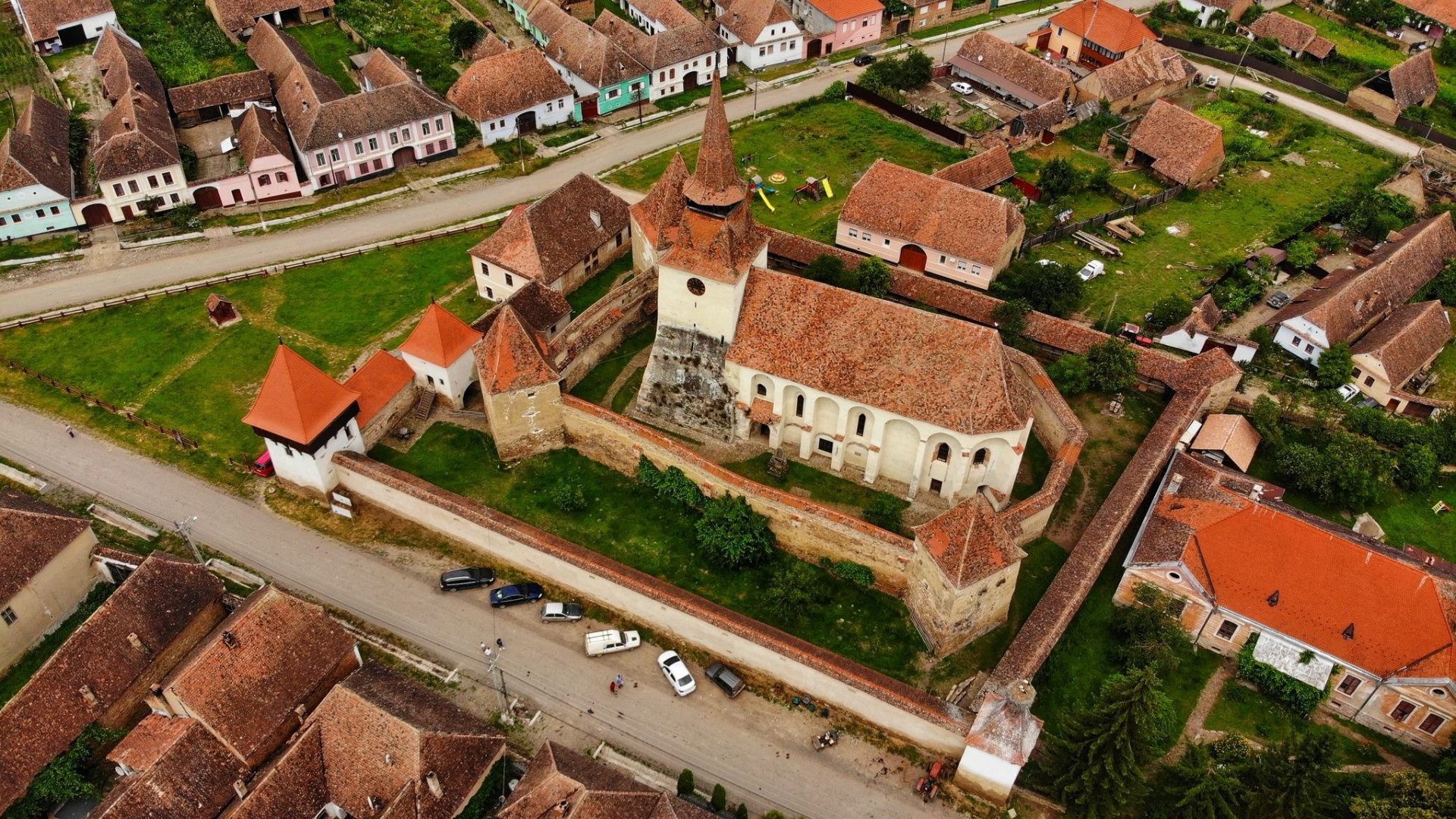
Archita - fortified church
As soon as you enter the village tucked between the gentle hills near Sighisoara, you will notice the main attraction: the fortified evangelical church in the centre of the village, the largest fortified church in Mureș county. Built in the 13th century as a Romanesque basilica, the church was rebuilt in Gothic style in the following century. It is impressive by the complexity and size of its fortifications, being surrounded by two walls with three corner towers and a massive western tower added in the late 15th century. Today, the church is open for visitors, thanks to restoration works in 2011, and since 2020 the clock has also been restored, which now chimes over the village nestled between the hills.
Learn more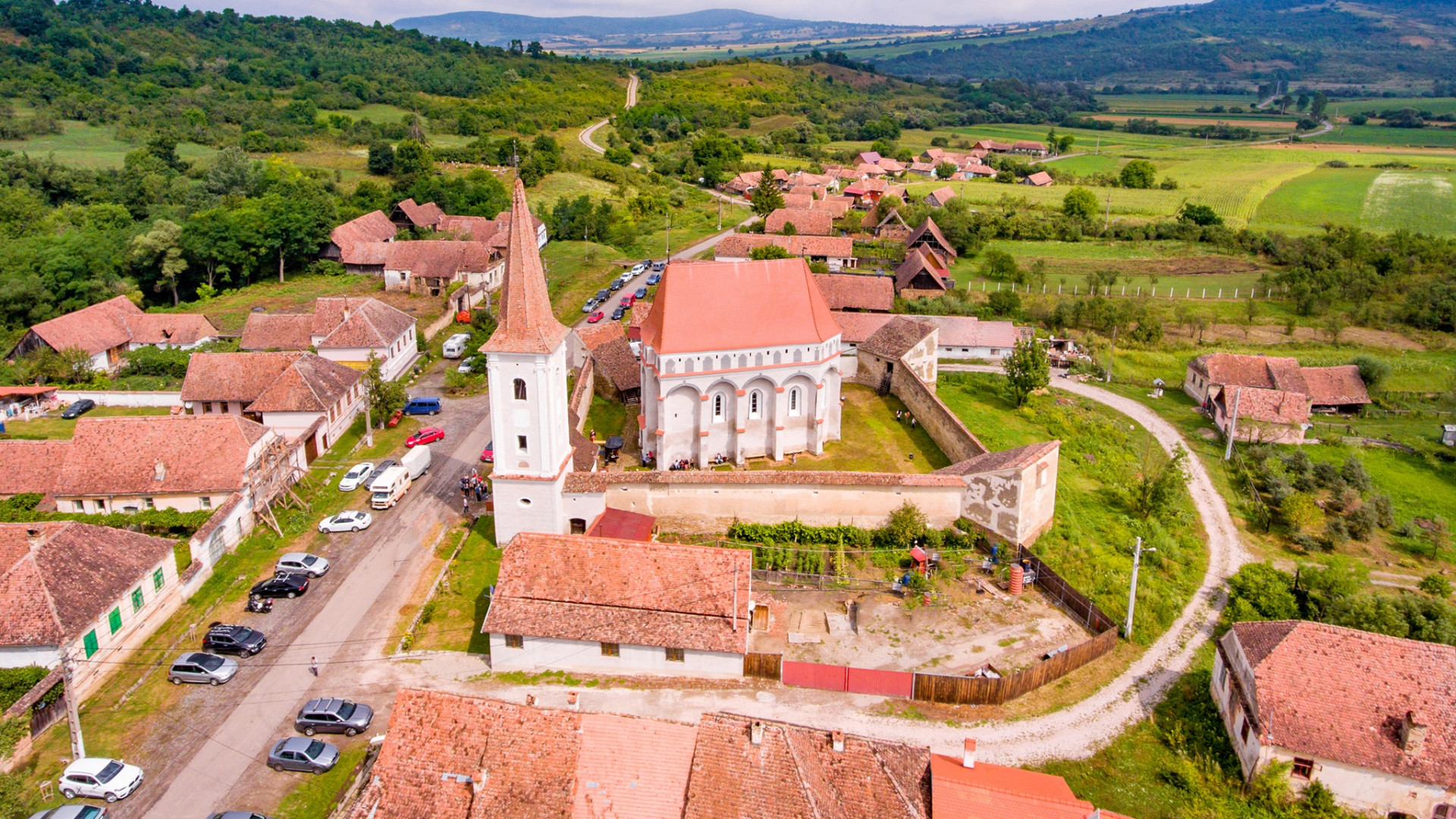
Cloașterf - Fortified Church
At Cloașterf we discover the Saxon village of Mures county, whose fortified church is one of the most compact in Transylvania. This is mainly due to the continuity of its construction, between 1521 and 1524, by a single builder: the master Ștefan Ungar, from Sighișoara. The building was conceived from the design stage as a fortified church, with murder holes between the buttresses. It had to withstand an attack with firearms. It is surrounded by a defensive wall, which forms an enclosure, with corner towers and a lectern roof. The parapets of the 18th century three-side gallery inside the church are decorated with floral motifs and paintings illustrating different fortified churches.
Learn more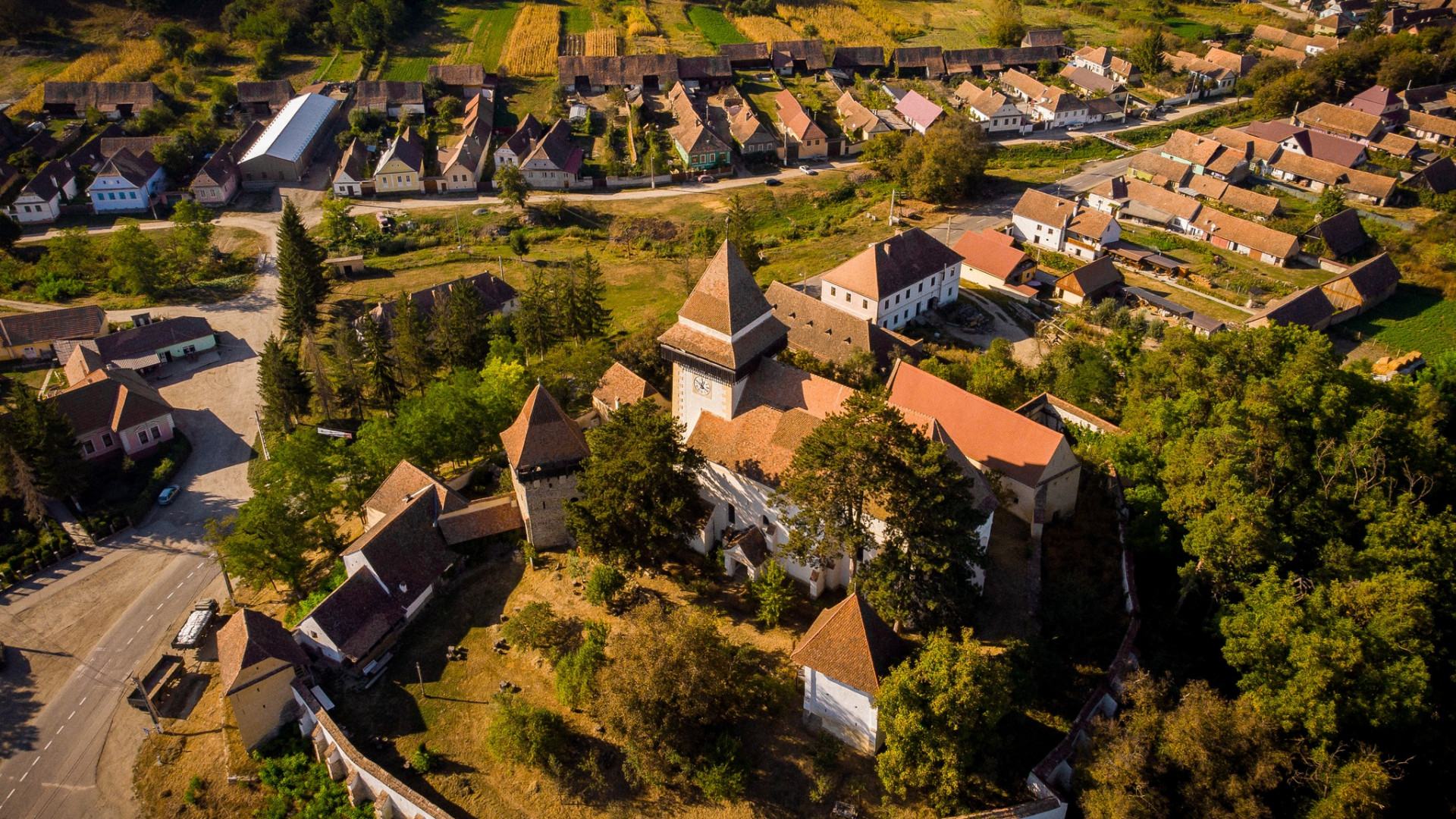
Apold - Fortified Church
The Fortified Evangelical Church of ApoldLocated 16 km from Sighișoara, in the center of Apold village (Trappold, German; Apold, Hungarian), stands the fortified Evangelical church, one of the largest ensembles of its kind in the Târnava region.History and architectureThe church was built by Transylvanian Saxons starting in the 13th century and was transformed over a period of nearly 700 years. From the original Romanesque basilica, the sanctuary and triumphal arch have been preserved. The earliest mention dates back to 1309, with the parish priest Nicolaus.In the 15th century the church was rebuilt in late Gothic style, and a massive bell tower was added to the west. The cross-vaulted nave measures 13 m in length and 11.5 m in width, while the sanctuary is 11 m long and 7.5 m wide. Four columns give the impression of a three-aisled church. The sanctuary features Gothic windows, a sacrament niche decorated around 1500, and a small sacristy.Between 1504–1507 fortifications were added. The church was surrounded by two concentric defensive walls with towers and bastions. The bell tower was heightened and equipped with a parapet walk, while defensive levels were built above the sanctuary and the nave. The outer wall, 3–4 m high with loopholes, is still largely preserved. Key structures include:- The White Tower (southeast), used as living quarters in times of conflict;- The Gate or Granary Tower (southwest), with a portcullis system and gatekeeper’s room;- The Upper Granary (north), a fortified 20 m long storage building;- The Second Granary (north), a two-story, 18 m long structure with storage rooms.Besides defense, the ensemble also integrated community institutions: the town hall, school, mill, and the parish house (built in 1885).Later developmentsFrom the 18th century onward, the buildings were increasingly used for community purposes rather than defense. In the 20th century, waves of emigration led to the disappearance of the Saxon community of Apold, and the ensemble was left without regular maintenance.Today the church and fortifications are managed by the Casapold Association, which carries out restoration and conservation projects.Visitor informationVisiting hours: Tuesday–Saturday, 10:00–17:00; closed on Sunday and Monday.Guided tours: available in German, English and Romanian.Contact:Tel.: +40 722 208 495E-mail: casapold@gmail.comWeb: www.casapold.org
Learn more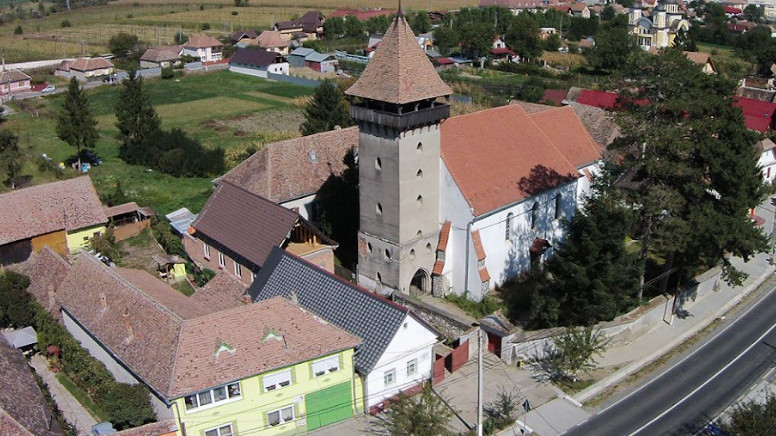
The Evangelical Fortified Church - Daneș
The construction of the fortified church in Daneș started in 1506, in late Gothic style, without a tower. However, a tower was built much later, in 1927, on the west side of the church. Only a segment of the original church wall remains on the south side and a tower with a small watchtower. Inside, the pulpit and the baptistery date from the Baroque period, the altar from 1878 and the organ from 1920. The church vault was built in 1868. Although the town of Daneș has been ravaged by war, famine and fire over the centuries, Christian services in the small fortified church, which began in the 16th century, are still held regularly today, as they always have been.
Learn more